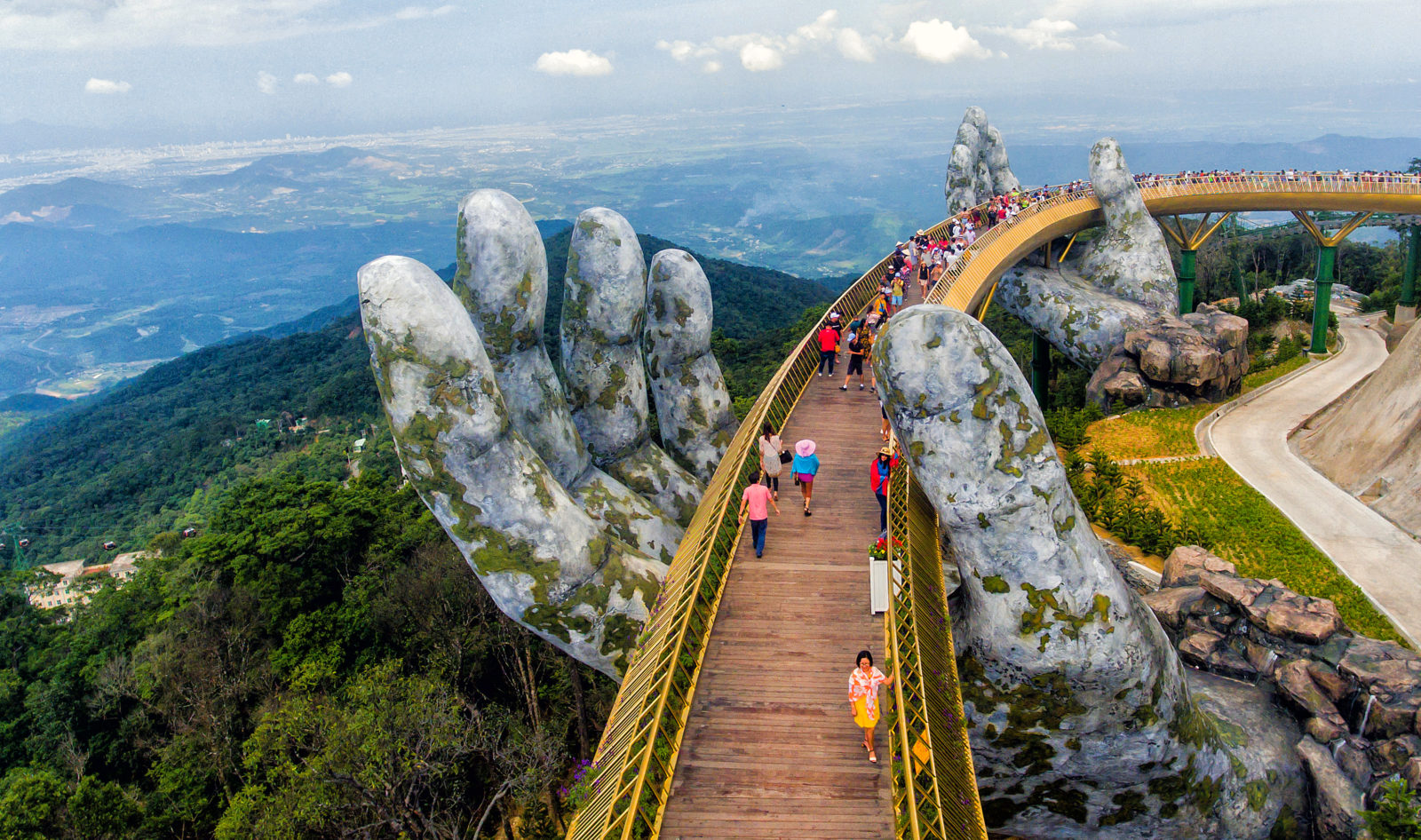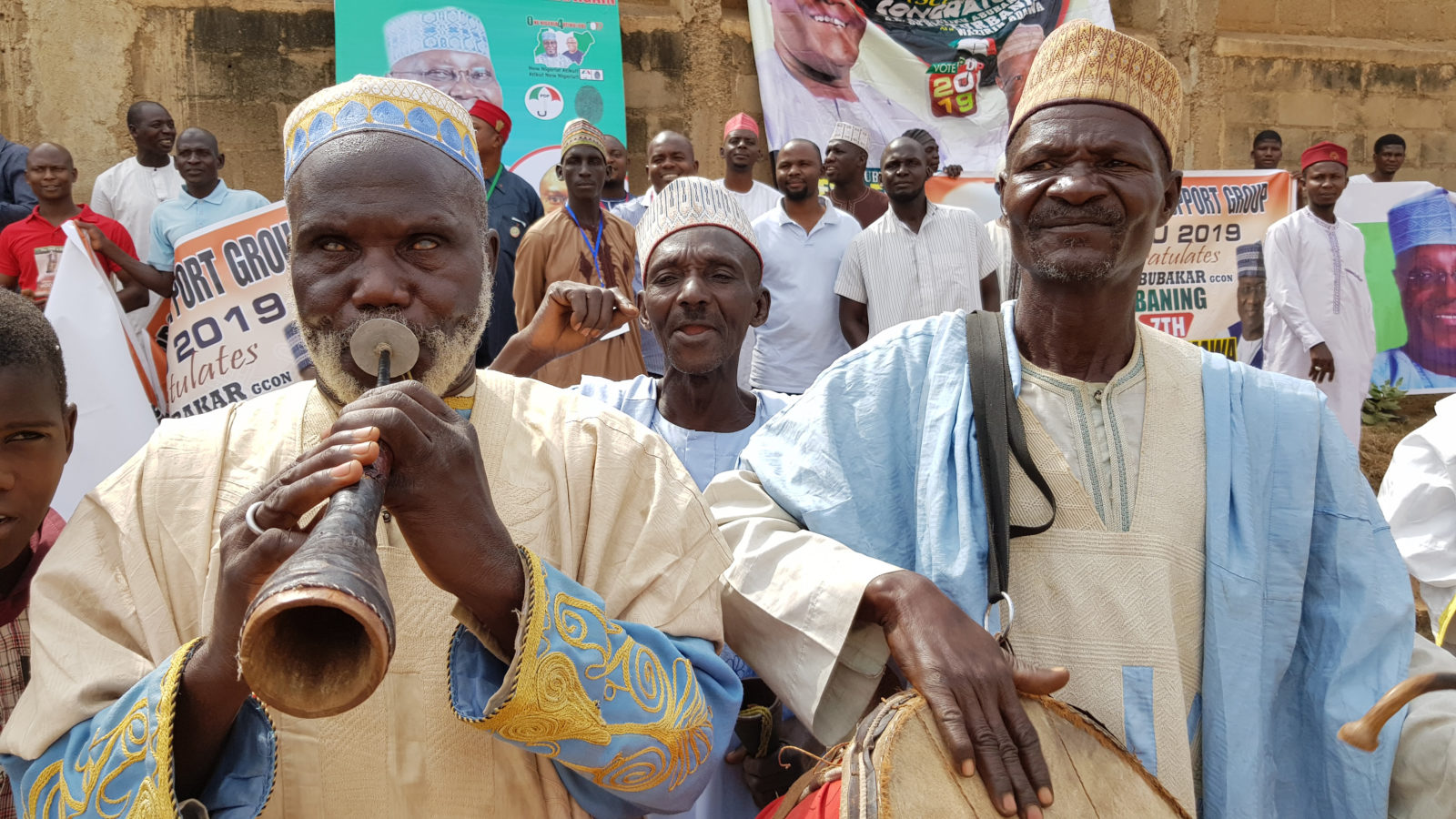News
The Diplomatic Society - We learnt from Vietnam in the past; so why not now?
The popular notion that Vietnam's growth success is just about incentives or cheap wages is a crude caricature of the difficult policy choices Hanoi has had to make.

Director, The Brenthurst Foundation

Former Researcher, The Brenthurst Foundation

Vietnam is another country from the time of its liberation nearly 44 years ago, the startling effects of 30 years of growth since Hanoi’s adoption of a free-market economy. The ANC learnt much from the Vietnamese about a war of liberation, so why can’t it learn some constructive lessons about how to reform an economy, asks Greg Mills and Emily van der Merwe.
‘V-Day’.
Not Victory in Europe, but the moment on 30 April 1975 when Tank 390, a North Vietnamese T-59 under the command of Captain Vu Dang Toan crashed through the gates of Saigon’s presidential palace. Inside, South Vietnam’s last president, General Dương Văn Minh, better known as ‘Big Minh’, and some 30 members of his team waited to surrender to the north, ending 30 years of civil war and more than a thousand years of colonial intervention.
Vietnam was poised, at least, to transform from a war to a country. But the struggle was not over.

In 1989 Vietnam had a per capita GDP of just US$94, the result of failed socialist policies that had removed any incentive to produce, leading to stagnation and shortages. Rather than the joy of peace, Vietnam experienced a dark age of doctrinaire government, collectivisation and near famine, the loss of civil liberties, isolation, wars with Cambodia and, then, China, endless suffering and deprivation.
Now, following widespread reforms centred around doi moi, or ‘renovation’, average income has multiplied over the ensuing three decades to $2,343.
Such dramatic change has depended on lifting economic growth, averaging over six percent since 1992. This started with a change of control in the rural areas. From ruinous collectivised farming, the country shifted to allocating long-term leases to farmers with a better productive record. But the cities have delivered even more. With more than six million people, Saigon in the south (after 1975, officially Ho Chi Minh City), for example, has experienced 9.6% average growth since 2010.

Vietnam’s transformation has been based on two fundamental choices.
The first has been Vietnam’s ability to put the past behind, remarkable given the level of devastation during the last century, including four periods of foreign intervention (Chinese, French, Japanese and American), more than three million war casualties, and the further devastation from the following retribution and communist economic folly.


The second, related aspect is a wholesale recognition of the importance of foreigners in this process, in spite of the colonial experience. One Vietnamese worker put it thus: ‘We grow with foreigners’.
This has led to a revolution in attitude.
In Saigon is the War Remnants Museum. Opened in 1975, in the former US Information Agency, it was originally labelled the ‘Exhibition House for US and Puppet Crimes’. In 1990, as relations between the US and Vietnam improved, it changed to the ‘Museum for Crimes of War and Aggression’. It adopted the current title in 1995 when diplomatic ties were renewed and US sanctions were dropped.

Since 2007, US warships have frequently visited Vietnamese ports. Today the Vietnamese military conducts regular joint exercises with its American counterpart. US Defense Secretary General James Mattis made his second visit this year to Vietnam in October, stopping off at Bien Hoa Airbase outside of Saigon to reaffirm a US commitment to dioxin remediation, a toxic legacy of a ruinous war.
It’s not forgotten that US forces dropped twice the tonnage of high explosives on Vietnam than the Allied side did on both Europe and Asia together during the Second World War. But the Vietnamese are not defined by the past.
The US stake in Vietnam has grown quickly to one of its biggest trading and investment partners despite its low starting point in the mid-1990s, a result of the US embargo and the poor health of the Vietnamese economy. US-Vietnam trade totalled $451 million in 1995. Since then has increased a hundredfold to $45 billion, making the US Vietnam’s single largest trade partner.

The African National Congress learnt in the past from the Vietnamese.
In 1978, facing internal competition from the Black Consciousness Movement, Inkatha and the South African Students Movement, and with Umkhonto we Sizwe battling to make a sustained military impact, Moscow advised the ANC to visit the newly unified Vietnam. There they could learn from Vietnamese strategists like its military supremo Senior General Vo Nguyen Giap – the ‘Red Napoleon’ – and the technique of ‘people’s war’.
A delegation, led by ANC president Oliver Tambo and including Joe Modise, Joe Slovo, Chris Hani, Alfred Nzo, Cassius Make and Mzwai Piliso spent two weeks in Hanoi in October 1978. Despite obvious differences between the situations in South Africa and Vietnam, not least given the scale of superpower involvement and the intensity of the respective conflicts, the ANC delegation left, as Russia’s Africanist veteran Vladimir Shubin has observed, feeling ‘deeply impressed by the Vietnamese methods of underground armed struggle, especially the co-ordination between illegal en masse activities.’ In the process they learnt that a revolution ‘must walk on both feet: one military, and the other political’.
Upon their return, the delegation presented a report by Slovo to a joint meeting of the NEC and the Revolutionary Committee in Luanda in December 1978. They concluded that ‘the Vietnam experience reveals certain shortcomings on our part and draws attention to areas of crucial importance which we have tended to neglect.’ In Tambo’s words, it also exposed the ANC as having ‘fallen into a bad strategic situation, in which too much emphasis had been placed on the armed struggle, at the expense of political mobilisation, making for an impossible equation.’
The Luanda meeting led to the appointment of a Politico-Military Strategy Commission, consisting of Thabo Mbeki, Slovo, Moses Mabhida, Joe Gqabi and Modise, along with Tambo. This commission was tasked with ‘devising an overall strategy on mass mobilisation’. This represented the first formal review of ANC strategy since Morogoro in 1969 and cultivated in the Green Book, what Govan Mbeki refers to as a ‘highly significant document in the evolution of the ANC and the South African struggle’.
The Green Book enabled greater co-ordination of the ANC’s political efforts, including the creation of ‘popular front’ in the form of the United Democratic Movement, the strengthening of a propaganda wing, and the importance of international diplomatic efforts. Vietnam taught that, if the ANC was to succeed in overthrowing the apartheid regime, it would have to gather a broad front of international support, increase media coverage and rally local youths to build a political movement that could outlast the then South African Defence Force. The armed struggle would have to become ‘secondary’ to armed propaganda.
Upon their return from Vietnam, the ANC took a decided ideological turn from socialism as a matter of ‘tactical caution’. Far from the myth of an ANC which emerged from apartheid ideologically resolute but subsequently compromised its ‘values’ in negotiations, the Green Book reveals that already in 1978, it was a pragmatic party willing to accept a negotiated settlement. It might do well to remember this.
The strategic impact of the ANC’s 1978 mission to Vietnam on the course of ANC and South African history cannot be overstated. It is said to have been a watershed between an exclusively militant (and likely unsuccessful) ANC, and a multi-racial, unified ANC. At the very least, it signifies the start of the ‘People’s War’, the point at which the ANC went beyond the armed struggle of the 1960s and 1970s in undertaking a more strategic, organised political effort.
If the ANC could learn in the past, why not now?
If the party took the same care in visiting Vietnam today, it would find a country transformed, where its party cadres are au fais with Total Factor Productivity and institutional responsiveness, and where they don’t just preach the importance of investors, but act accordingly in creating space and the necessary guarantees.

For all of the drawbacks of a single-party state, including widespread corruption, and the rhetorical adherence to the ubiquitous hammer and sickle and socialist banners, the thinking is today both liberal and pragmatic enough to realise the need for the state to relinquish its role in the economy. It was the outcome, writes David Lamb, of putting ‘Karl Marx and Adam Smith into an economic blender.’
But its more down to sweat than the state. The extent of Vietnam’s transformation can be seen in the role of state-owned enterprises. With privatisation – referred more palatably as ‘equitisation’ – the number of SOEs fell sharply between 1990 and 2017, from 12,000 to 700. Officially, this was socialism with an overriding free-market touch, but the veneer of state-control in the economy at least is increasingly thin.
Public listings are another measure of this transition. The Ho Chi Minh stock exchange was launched in 2000 with two companies. Eighteen years later there are 396 counters with a US$148 billion market capitalisation, with another 376 on the Hanoi bourse.
The revolution is not limited to the world of finance and listings. On the ground, Vietnam is now the world’s second largest exporter of rice and coffee. ‘The difference between now and then,’ says Le Phuoc Minh, the Director of the Institute of African and Middle East Studies, ‘is that we have food where there was once only hunger, and the hope of becoming a middle class where previously everyone was just poor.’
Giap died in 2013 aged 102. He had largely been marginalised from government after 1975, eventually made head of the national birth control project, a post he refused to take up, preferring to entertain foreign visitors at his home in the shadow of Ho’s Hanoi Mausoleum.
Giap’s passing signalled, too, changing generations. The war-time leaders – the likes of Le Duan, Dương Văn Minh, Nguyễn Khánh, Trường Chinh, Nguyễn Văn Linh, Nguyễn Cao Kỳ and Nguyễn Văn Thiệu – have all faded away, South and North, and some in exile. While Giap remains a national hero, second only to Ho in public polls, by the 1990s Vietnam had moved on from his leadership, loosening the reins of state control in making room for private enterprise. While the 17-member Politburo and the General Secretary of the Communist Party were still firmly in charge, the country was now interested in prosperity, not just revolutionary rhetoric, political independence and economic survival. You could not eat ideology or ride it to work.
The Mausoleum of Ho Chi Minh – ‘the enlightened one’ in Hanoi.
Dang Tien Thanh runs the Yamaha agency on Nguyen Thai Hoc in Hanoi, selling 50 bikes a week, ranging from the top-of-the-range 150cc scooter at 50 million Dong to the entry level moped for less than half this amount. Yet Yamaha’s market share is little more than five percent of a 3.2 million annual market, the fourth-largest world-wide behind China, India and Indonesia. Hanoi has about five million motorbikes for its seven million people, Saigon 8.5 million for its eight million population, with sales of 750 per day.
More than 80% of Vietnam’s population were not born when the war ended. Their fight is for personal transport and other consumer titbits, education, jobs, and overseas travel. If the first liberation struggle had been against the Americans and French, the second was in the transition through doi moi to a market economy and global integration. A third might still come, as Lamb posits, in the political domain, the more likely if the party proves unresponsive to the aspirations of a globalising youth.
There are inevitable problems and countless setbacks in Vietnam’s economic experience. Businesses are hampered by sleaze and the requirement for endless paperwork, what are referred to as ‘baby permits’ for an obdurate bureaucracy. This has had a perverse effect in encouraging foreigners to participate in Vietnam’s now nearly 300 industrial parks countrywide, where the operation of one-stop-shops and special customs facilities largely circumvents greedy officialdom.
Pragmatism runs deep. Ho Chi Minh was, for his iconic revolutionary status, always the pragmatist. And as he put in a message to the Americans in the 1960s, ‘We will spread a red carpet for you to leave Vietnam. And when the war is over, you are welcome to come back because you have technology and we will need your help.’
The popular notion that Vietnam’s growth success is just about incentives or cheap wages is a crude caricature of the difficult policy choices Hanoi has had to make, not least the commitment to liberal change, however bumpy and strenuous that path. It also shows that, no matter how important the goal of independence, it is necessary to have a plan to meet the aspirations of those who have fought for freedom beyond statist and redistributive impulses.
A closer study might help the ANC with some difficult choices of its own, not least how to swallow some of its ideological B/S in improving relations with the United States among others.
After all, if 1978, why not 2018?
Versions of this article appeared in:

